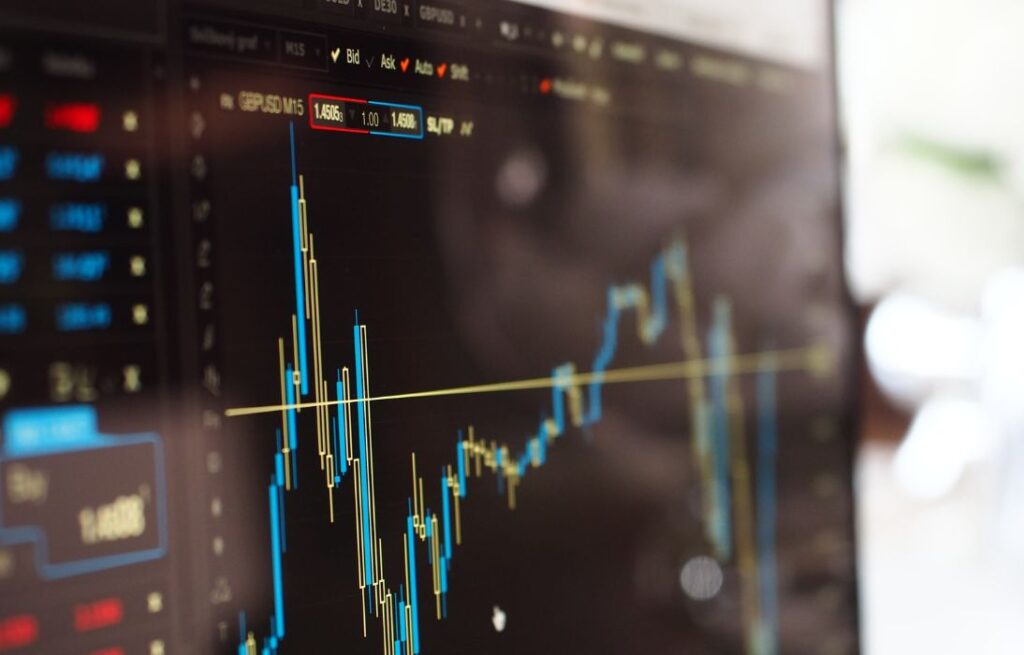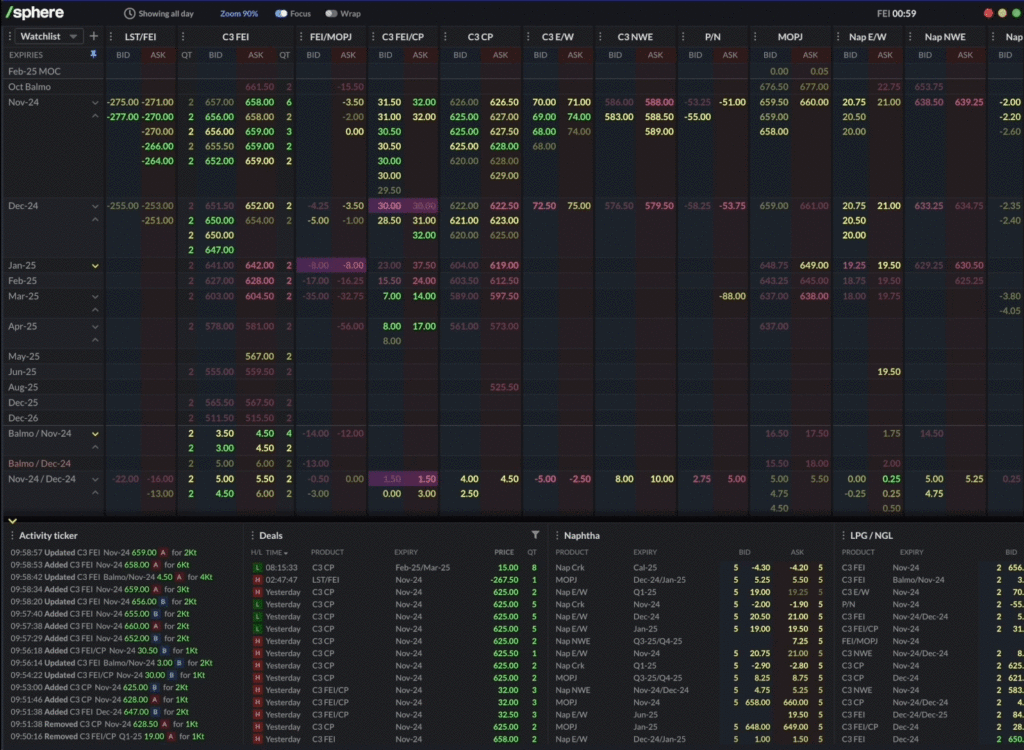There’s a popular story in commodities trading, and one that we’ve reported on quite a bit: that data is more democratised than ever.
On the one hand, it definitely feels like it is. Back in the day, access to information relied heavily on personal networks, political influence, and on-the-ground logistics, which, of course, only the large trading houses could accomplish. But today? In theory, anyone with an internet connection can explore details on everything from crop yields and shipping movements to pricing data.
But theory and practice are two very different things.
The romantic idea of open access is quickly undercut by commercial reality. Data isn’t free, and with data being considered the new “gold”, it’s being priced accordingly.
Kulwant Bhatia, a leader with 15+ years in commodities and experience working as CTO at one of the largest commodity price reporting agencies, explains, “The reality is, to get access to the data that actually moves markets, you need to be able to pay for it. And that cost is not trivial.”
A clear example of this was during Kulwant’s time at Credit Suisse, where his team would assess trades for private clients, only to find that the cost of the data often made the trade commercially unviable. “If you’re paying a lot of money for a particular data set… the economics of purchasing that data may create a tipping point where certain vendors are actually out of scope for you because the margin that you’ll make on a trade isn’t sufficient to justify the expense of the data”
This is all to say that small and mid-sized players must make tough decisions: which data sets are worth the spend, and which can they simply not afford.
So, is data really democratised?
“We’re just not there,” says Kulwant.
What’s more, the industry is at risk of moving in the opposite direction. As fragmented data providers consolidate, larger vendors may emerge with near-monopoly power. “That will only serve to create larger data monopolies,” Kulwant warns. “You create vendor lock-in.”
That kind of lock-in has long-term consequences. “It will be a sad day if you’re running a commodities trading firm, and you’re running X% margin, and all your data providers and all your suppliers have a much higher margin than you. You’re taking the risk, and they’re essentially sitting risk-free.”
In a world where the right data can tip the scale on a trade, and where fewer players control more of it, we have to ask: has data really been democratised in commodities? Or are we quietly building a new kind of gatekeeping? One based not on who you know, but on what you can pay?
Looking for more insights?
Get exclusive insights from industry leaders, stay up-to-date with the latest news, and explore the cutting-edge tech shaping the sector by subscribing to our newsletter, Commodities Tech Insider.





